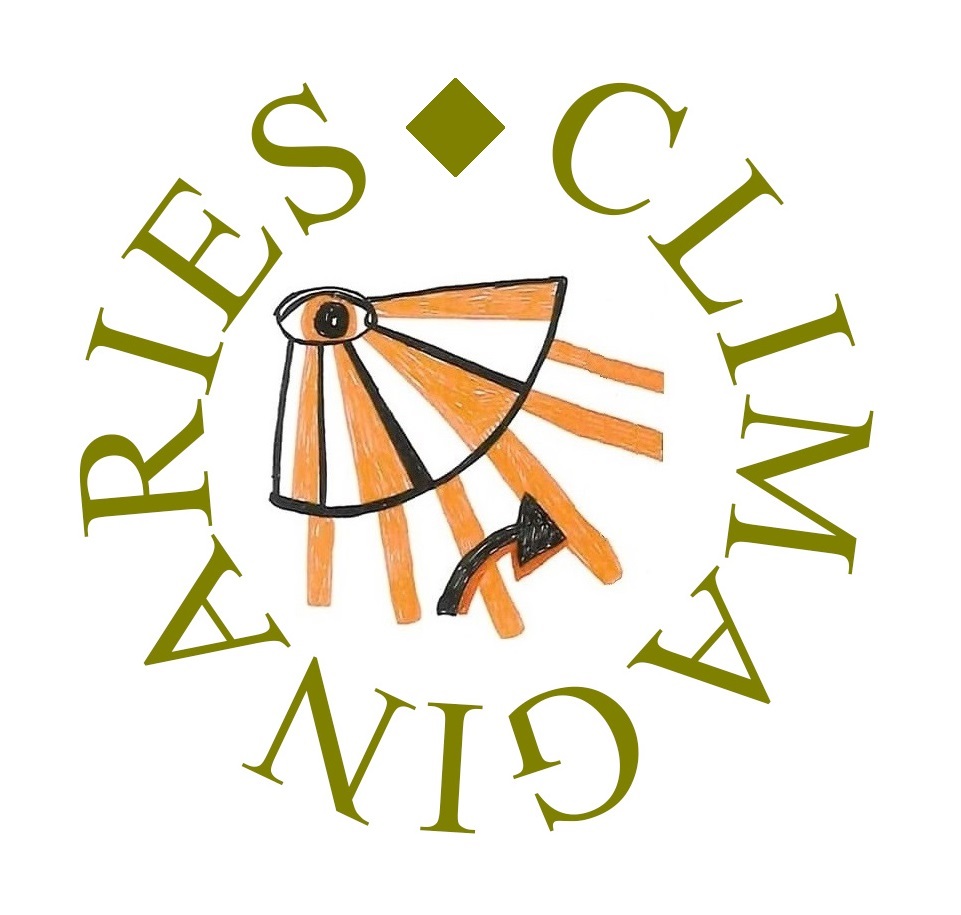Slättjordbruket (2041)
English below.
Det är nu länge sedan Fridays for Future höll sin sista demonstration i Kristianstad. Många har säkert hört talas om den legendariska ungdomsrörelsen som i början av seklet bidrog på ett avgörande sätt till den hållbara omställningen. Men hur gick det till att de till slut lade ner sina demonstrationer?
De viktigaste åren för hållbarhetsomställningen i jordbruket varade mellan år 2027 och 2037. Därefter rullade utvecklingen på. Idag är det svårt att förstå hur vi kunde låta det intensiva jordbrukslandskapet med 70 % av arealen till djurfoder hållas så länge.
Allt började redan år 2024 med det nätverk i Agroforestry som startades upp av en arbetsgrupp inom Naturskyddsföreningen Kristianstad Bromölla.
När EU:s nya hållbara jordbrukspolicy beslutades 2027, trots intensiva demonstrationer, blev många lantbrukare på sandslätten i Kristianstad chockade. I nätverket Agroforestry i nordöstra Skåne beslutade sig alla som hade tillgång till jordbruksmark att ta minst ett steg i anläggandet av någon typ av trädjordbruk, en form av jordbruk där även träd och buskar spelar en viktig roll. Andra i nätverket tog på sig att skapa en lokal marknad för produkterna.
År 2028 lade Önnestads naturbruksgymnasium som enda naturbruksgymnasium i Skåne om hela sitt jordbruk för att fullt ut implementera hållbara jordbrukssystem. Även här spelade Fridays for future en avgörande roll genom att återkommande uppvakta skolledningen. Skolans rektor fick hat- och hotbrev från företrädare för det gamla jordbrukssystemet, både från lantbrukare och från kemi-industrin. Men eftersom skolan ägdes av den ideella föreningen Hushållningssällskapet Skåne, som äntligen fått mer framåtsyftande och visionära styrelseledamöter både på lokal och central nivå, kunde rektorn stå emot hatstormarna.
Föreningen Farmers for Future startades av tio ungdomar samma år, och systerföreningen Food for Future året efter. Den förra en producentförening och den senare en förening för konsumenter, båda med hade syftet att möjliggöra hållbara odlingssystem.
Även om det fanns mycket kvar att förbättra beslutade sig Fridays for Future för att lägga sina ideella krafter i den nya föreningen. Exakt tio år efter start upphörde man med demonstrationerna. Äntligen gick samhälle, företag och politiker hand i hand i klimat- och naturkrisfrågan.
Den sista demonstrationen blev ett segertåg genom Kristianstad med tal, poesi, musik och folkfest på Lilla Torg där föreningen hyllades som hjältar.
Agriculture of the plains (2041)
It has been a long time since Fridays for Future held its last demonstration in Kristianstad. Many have probably heard of the legendary youth movement that at the beginning of the century contributed in a decisive way to the sustainable transition. But why did they finally stop their demonstrations?
The most important years for the sustainable transition in the agricultural sector lasted between 2027 and 2037. Today it is difficult to understand how we could let the intensive agricultural landscape, where 70% of Skåne’s agricultural area was simply cultivating animal feed, to be maintained for so long.
It all began in 2024 with the Agroforestry network, which was started by a working group within the Kristianstad Bromölla chapter of the Swedish Society for Nature Conservation.
When the EU's new sustainable agricultural policy (TAP) came into force in 2027, despite intense demonstrations, many farmers on the plains of Kristianstad were shocked. In the Agroforestry network in northeastern Skåne, everyone who had access to agricultural land decided to take at least one step towards implementing agroforestry in practice, a form of agriculture in which trees and shrubs also play an important role. Others in the network took it upon themselves to create a local market for the products which were produced.
In 2028, Önnestad Agricultural College, the only agricultural college in Skåne, completely overhauled its agriculture to fully implement sustainable agricultural systems. Here too, Fridays for Future played a crucial role by repeatedly courting the school management. The school’s principal received hate and threatening letters from representatives of the old agricultural system, both from farmers and from the chemical industry. But since the school was owned by the non-profit association Hushållningssällskapet Skåne, which finally had more forward-looking and visionary board members at both local and central levels, the principal was able to withstand the hate storms.
The Farmers for Future association was started by ten young people the same year, and the sister association Food for Future the year after. The former a producer association and the latter an association for consumers, both with the aim of enabling sustainable farming systems.
Although there was still much to improve, Fridays for Future decided to put its non-profit efforts into the new association. Exactly ten years after the start, the demonstrations ceased. Finally, society, businesses and politicians collaborated in both climate and biodiversity issues.
The last demonstration was a victory march through Kristianstad with speeches, poetry, music and a folk festival at Lilla Torg where the association was hailed as heroes.
